Introduction
You’ve read the title and you’re probably wondering why I’m writing about 2023 when we’re not even out of 2022 yet. But if you’re not in SEO, it’s precisely because you can afford to wait until 2023 that SEO isn’t on your radar. Let me explain. Now’s the time to think ahead so that by the time we enter 2023, you’ll have a well-oiled machine ready to take on whatever Google throws at us next year.
Google Search May 2022 core update
If you’re a webmaster, or if you have any interest in SEO at all, you’ve probably heard about Google’s upcoming core search update. If not, here’s what you need to know: In 2022 (yes, this year), Google will be rolling out a major update to its search algorithm. It will be called the “Google Search May 2022 core update.” This update is important because it’ll be one of the last paramount changes before the next big thing—the end of life as we know it.
Today, we're releasing a broad core update, as we do several times per year. This update is called the May 2022 core update. Learn more: https://t.co/7kFklwdkAb
— Google Search Central (@googlesearchc) May 25, 2022
The Google Search May 2022 core update was rolled out on May 3rd, 2022, and completed on June 9th. The updates have taken roughly three weeks since their initial launch date.
IndexNow
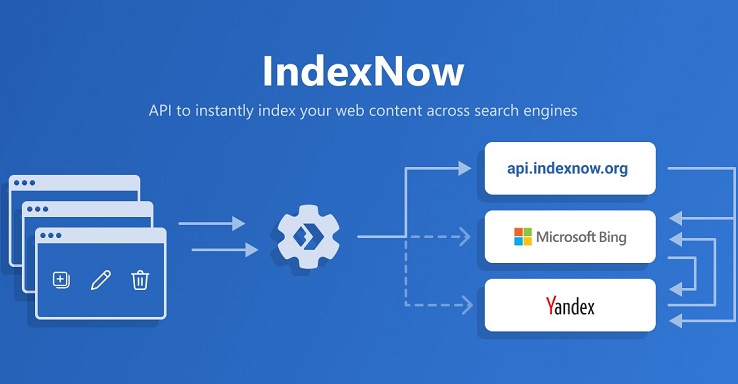
Image Source: Search Engine Land
If you’re not sure whether or not a page is indexed in Google, there’s now a tool for that.
Microsoft Bing launched IndexNow in May 2022 to provide more transparency around how well your site performs on Bing (and also to make the lives of SEOs easier). The tool does exactly what its name suggests: it tells you which pages are indexed by Bing and which ones aren’t. It’s pretty straightforward—if IndexNow says that your page has been crawled by Bingbot and included in their index, then you can consider it live on the web!
This data can be extremely useful when troubleshooting issues related to crawling or indexation issues with specific URLs on your website. For example, one of your customers alerts you that they see errors when they click through from another page on your site into one of yours (maybe it takes them directly back home instead of onto the desired page). You’ll want to check whether the particular URL crawled successfully before continuing. Further troubleshooting steps would be to find if something is wrong with how well-optimized those pages are overall or perhaps even just where they’re hosted within their respective stacks (eCommerce platforms tend not to be very friendly towards dynamic content).
Take Note of MUM to Improve Your Rankings
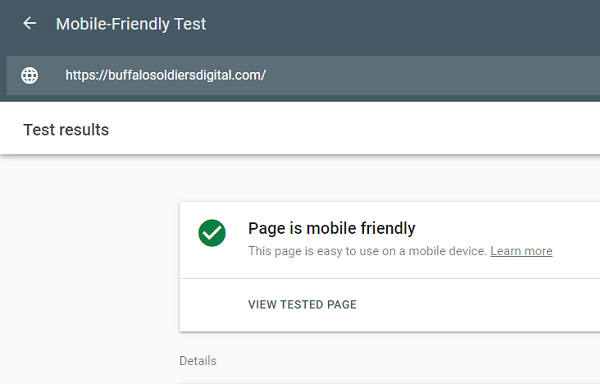
Image Source: Mobile Friendly Test
In a nutshell, MUM is an acronym for “mobile usability metrics”, which are the things that will help Google understand how well optimized a site is for mobile devices. If you want to stay ahead of the curve, now’s the time to take note of them.
Ok, so what does this mean?
The MUM ranking signal will focus on three key elements:
- Page load speed (how fast your website loads)
- Ad density (how many ads are on your page)
- Lazy-loaded content (when content loads only after scrolling).
Passage Indexing

Image Source: Neil Patel
Passage Indexing is a new way to index content. The Google Search team has been working on this for years, and it will change how you do SEO.
Passage Indexing is the process of passing text through an algorithm that converts it into structured data, which can be used by search engines to better understand what’s being said on your web pages. This means that passage-indexed content will have better search results and more accurate answers because the algorithm learns from each user’s interactions with it.
Core Web Vitals
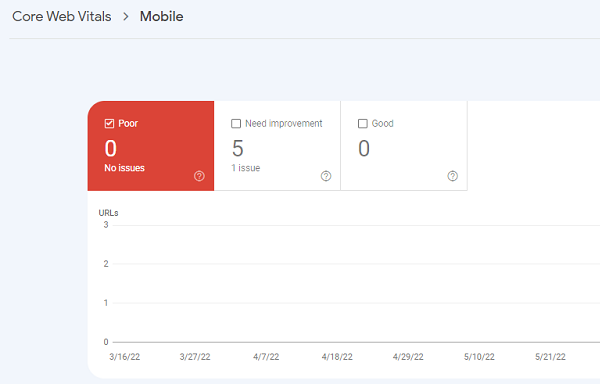
With the release of the Core Web Vitals feature in Google Search Console, you can now see how your website performs from a user’s perspective. The data gets collected from Google’s web crawling and the Chrome User Experience Report.
Core Web Vitals provides analytics on errors, performance, and accessibility. It’s important to realize that these numbers are not necessarily an indication of rankings; they’re just a way to see how people interact with your site and where there might be opportunities for improvement.
By taking advantage of this new tool, SEO pros will gain valuable insight into whether their SEO efforts are helping improve overall user experience—and thus their rankings as well!
Focus on User + Search Intent
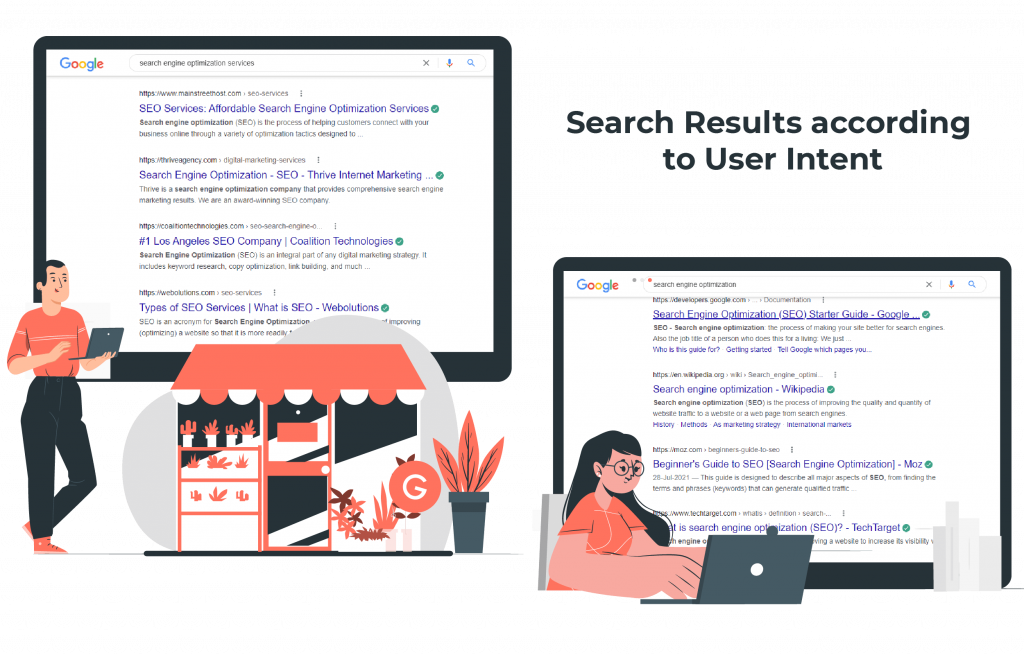
User intent is the most critical factor for ranking well in search engines. It tells you how people search for content and what they’re looking for, so you must research what users are looking for and make it easier for them to find what they want.
The best way to understand user intent is by using Google Analytics. Use this tool to determine which keywords people have been using to search your site, then use those keywords as a starting point when creating content on your site. You can also use tools like BuzzSumo or SEMRush to see which topics people are talking about online to know what type of articles will work best with potential readership (and thus improve search rankings.)
Localization of SEO

Image Source: HI-COM
Let’s face it: local SEO can be a real pain in the ass. It used to be that you could just submit your website and sit back, but nowadays, businesses need to go above and beyond if they want to see results. And for good reason! Localized search traffic is exploding (up 45% from 2013 to 2018), so it’s no wonder everyone wants a piece of the pie—including your competitors who are probably working hard every day on their local SEO strategies.
Since this is such an important topic for small businesses, let’s break down what exactly is happening with local SEO right now and why it matters so much in 2022:
- Localized search traffic will continue its explosive growth—over half of all searches will be local by 2020!
- The number of searches on mobile devices has doubled since 2013 (to 80%). Mobile phones account for 66% of all eCommerce sales today. So if you’re not getting your site optimized for mobile yet, get cracking ASAP!
Also Read: 7 Local SEO Tips to Get Your GMB Listing on Top in 2022
Video SEO Gets Two Dedicated Structured Data Categories
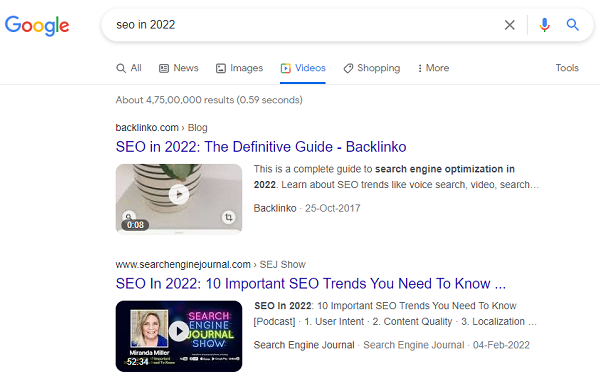
The video SEO space is getting more love from Google. The company aims to make it easier for searchers to find videos relevant to their search queries, which means making sure those videos appear in the right places in search results.
One of the most important ways for this to happen is through structured data markup on the videos themselves. Currently, there is a single VideoObject schema type—which works for any video content—but this year Google will be introducing two new types: Movie and TV Show. Both will require additional information about what’s in your video as well as where it’s hosted (if you’re streaming it online).
Customer Analytics, Retention & Lifetime Value
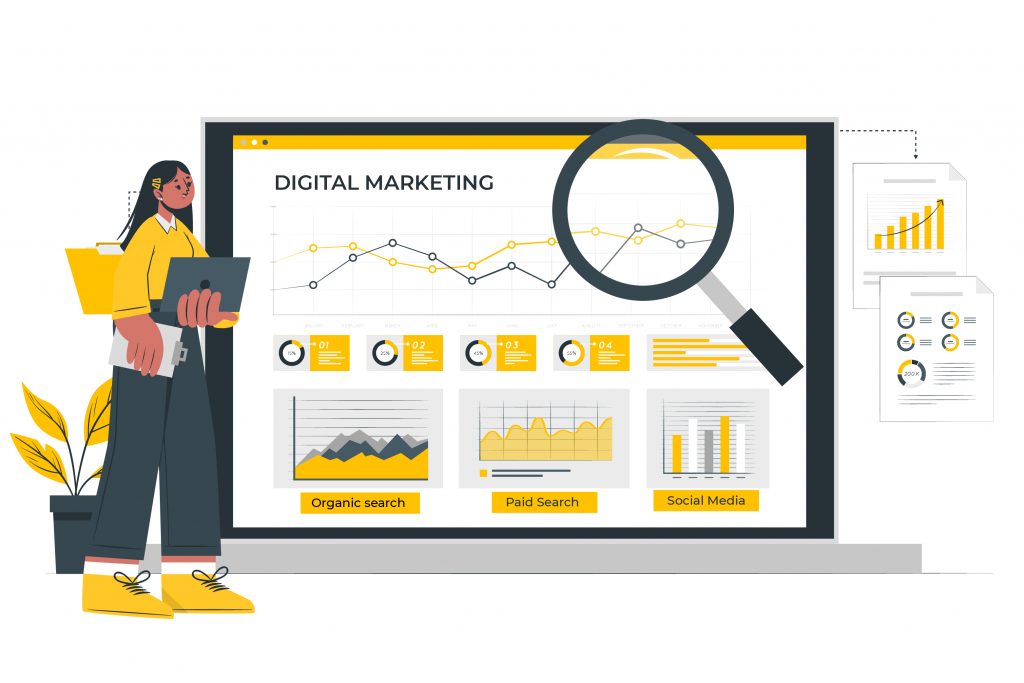
This is one of the most prominent trends for SEO in 2022. If you don’t know how many people are visiting your site, what pages they visit, and where they came from, then you can’t improve your SEO strategy. This is where customer analytics becomes so vital. You need to know how much traffic is coming from organic search, paid search, and social media. It helps you decide how much money to spend on digital marketing campaigns or whether it would be better for your business if you focused more on other channels such as PR or email marketing instead.
Brand SERP Optimization
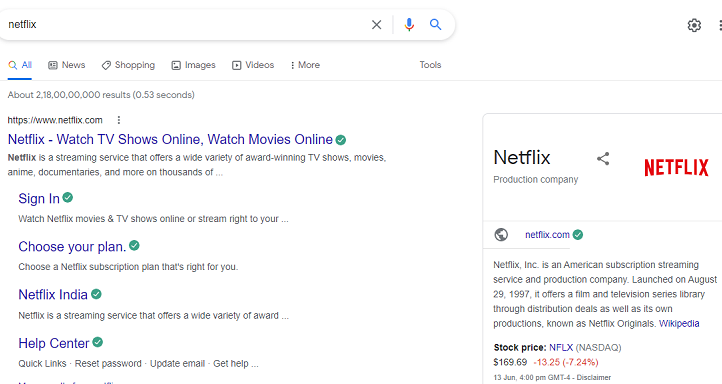
- Brand SERP optimization is a way to improve your brand’s visibility in search results.
- What does this mean? It helps you to rank for keywords that are relevant to your business, rather than just showing up on generic search terms like “SEO”.
Knowledge Graphs & Entities

You’ve probably already heard the term “knowledge graph”. But, what are they? Well, they’re the search engine equivalent of a directory. They show information about specific entities (people, places, and things) on a page in an organized way that makes it easier for you to find what you’re looking for.
For example, if I search for “Kanye West” on Google today, I see an image of Kanye West with his name below it and links under it, which leads me to articles about him at CNN or Forbes. The knowledge graph gets displayed as an entity box below each result where I can click through an article from one of these websites without having to navigate away from Google Search itself first!
All SEO Is Mobile SEO

Image Source: CouncilSoft
Mobile is no longer just a side hustle. It’s now the primary mode of search and beyond that, it’s the future of SEO. Mobile SEO is the future of search engines because it encompasses all aspects of online marketing and user experience—including voice search, voice assistants (like Google Home), chatbots (like Slackbot), and much more.
Assess, Adapt & Execute
Before you can adapt and execute, you need to assess your current SEO strategy. You might be wondering how this will help you make updates moving forward. Well, if there are gaps in your approach or things aren’t working out as planned, those issues need to be identified so fixes can be made.
- Assess & Understand Your Current Strategy: First things first—what is Assess & Understand Your Current Strategy? It involves reviewing the goals of your website and understanding how those goals align with yours as well as taking a look at what content is currently being produced on the site and its quality levels (Are there any red flags here?). This type of evaluation will help determine whether changes are needed or not based on where the current state of affairs lies within these areas.”
More Automation
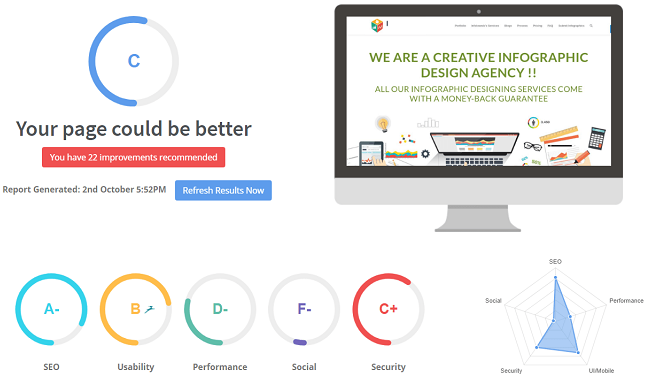
Image Source: Search Engine Journal
This trend follows a very simple story: More and more, people want to do less work and get even greater results. For example, they want to make money while they sleep instead of having to be at their desk all day every day. This is why emails are becoming more popular than letters or faxes—they require much less effort on behalf of the recipient.
Similarly, we’re seeing an increasing interest in SEO automation tools because they let you focus on other things while still getting great results from your website (more traffic and higher rankings).
Back In 2019 alone, there were more than 100 new SEO tools released! And this list doesn’t include content management systems like WordPress or social media management platforms like Hootsuite or Buffer—the goal here was simply to show how many solutions exist for businesses who want to streamline their online marketing efforts without sacrificing quality control or effectiveness.
SERP Layout & Functionality Changes

One of the most significant changes you’ll see in 2022 will be Google’s SERP layout and functionality. They’re working on new ways to surface content and information, which means that the current state of your site will be less important than it has been in years past.
There are several ways that this could play out:
- Your search result pages can have a completely different look and feel (e.g., more video)
- Your search results page may include new features (e.g., Q&A) or provide more context about your business, like reviews from other sites or directories
Long-Form Content
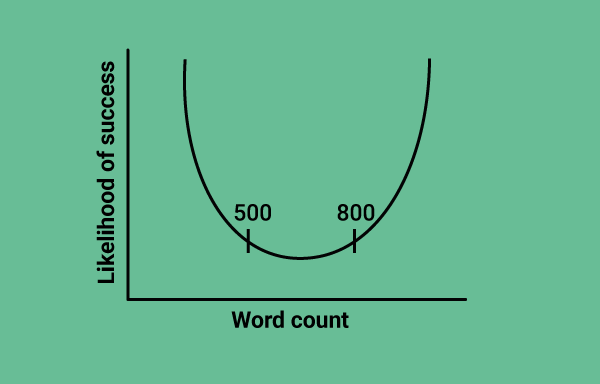
Image Source: Wordstream
It will be more likely to be shared on social media, and its length means that it will also be more likely to be read and indexed. Long-form content often gets found in search because it’s not buried by other types of content competition (like infographics) or thin articles with little substance (like listicles).
If you have the time and resources to create a truly valuable piece of writing, there’s no reason why you shouldn’t invest some effort into publishing long-form posts for your blog or website.
Recommended reading: 7 Tips To Create High-Quality Content
SEO Scalability

Image Source: Vizaca
SEO is a process that you can scale up, but it is not easy. When you think about SEO, the first thing that comes to mind is probably keyword research and content optimization. These are indeed important elements of an SEO strategy, but they are only the tip of the iceberg when it comes to what goes into creating effective search engine optimization campaigns.
SEO requires a lot of time and effort from both your team members and yourself as a business owner or decision-maker—it will take years before you see results from your campaign if done properly. In addition to this, SEO requires a lot of money because there are so many things that go into making sure all aspects of your website are optimized for search engines (and make no mistake about it: optimizing for search engines does cost money). Lastly, if done well enough with enough resources behind it then yes: SEO can scale up dramatically over time by increasing its scope by hiring more people who specialize in certain areas such as PPC advertising or link building
The future of search is already here!
It’s not a secret that Google has been busy in the past few years, making it clear that they’re looking to expand their offerings beyond just traditional organic search. They’ve introduced Google Shopping and Google Maps as well as other products like Gmail and Chrome OS. With all these new initiatives, you may have wondered: Is this the end for organic search? Well, no. Despite the popularity of its other products (and their potential to become huge money-makers), I don’t think we’ll see Google stop investing in organic search anytime soon.
Why? Why would they stop investing in what made them famous? We’ve already seen several cases where companies have tried to get away with only offering paid ads (or even worse—fake news) and failed miserably at gaining traction with consumers or investors—just look at Facebook! I’m confident that won’t happen with Google because unlike Facebook or Twitter which rely heavily on data from users who voluntarily share personal information about themselves (like photos), Google’s business model relies on using public data freely available through web crawling technology; which means less risk for them since there aren’t any personally identifiable details attached to each piece of data found on a website indexed by their algorithm when compared against another site indexing service like Bing or DuckDuckgo which require users go through extra steps before finding content relevant
And Therefore…
In short, content marketing will continue to be the “king” of the SEO world. I don’t have a crystal ball to predict the future of SEO, but I do have some insights into where I think it might be headed beyond 2022 to 2023. It’s no longer just about writing content that ranks well—it’s also about being a trusted resource.


